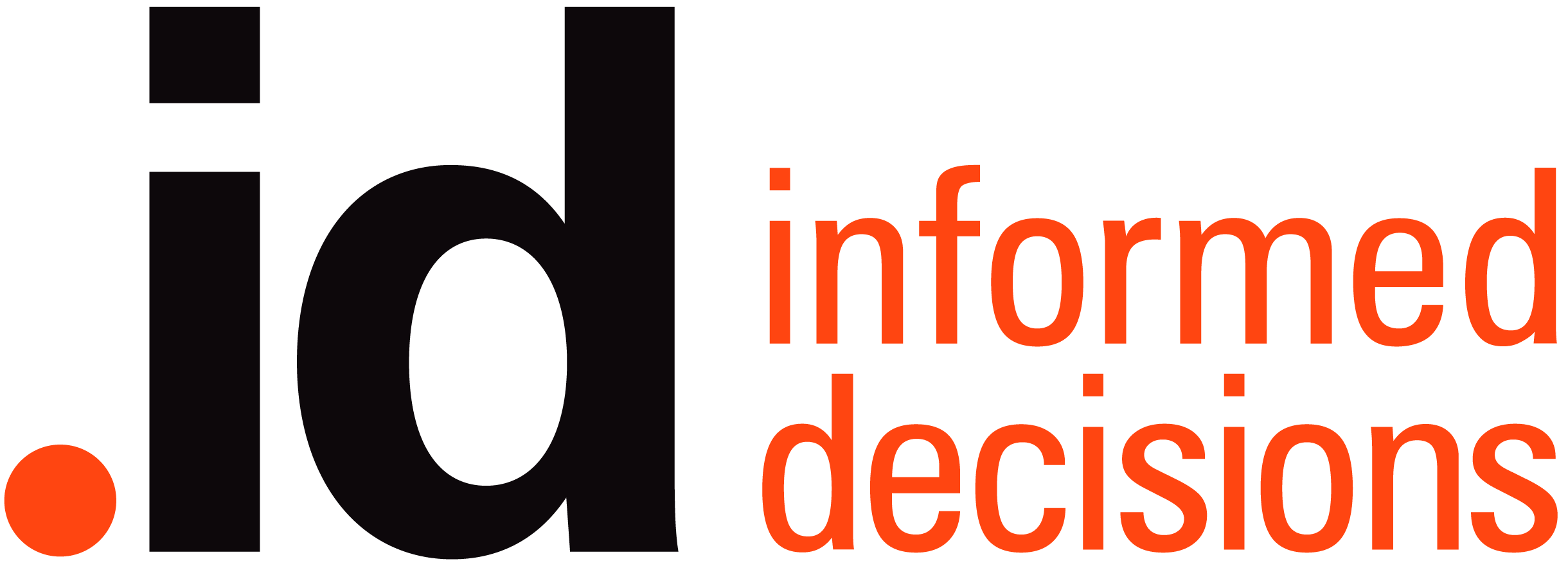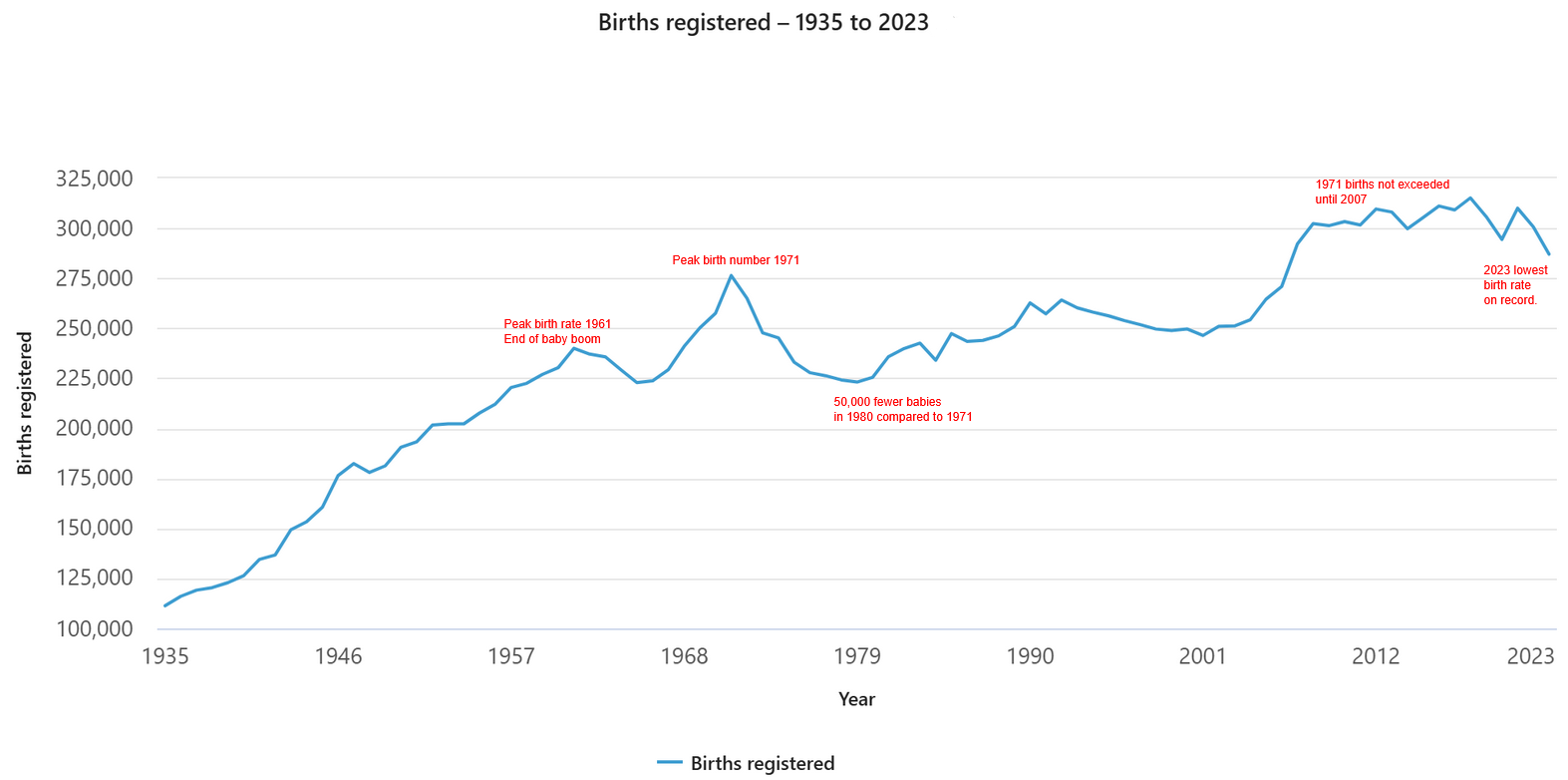A new release from the ABS measures disadvantage at the household level, offering new insights on the distribution of advantage disadvantage across the country. Census expert Glenn Capuano breaks down the new Index of Household Advantage and Disadvantage, laying out how it complements the existing SEIFA indexes and how it can be used to locate hidden pockets of disadvantage.
The ABS has just released a new measure of disadvantage, which is going to be very helpful to understand the distribution of disadvantaged households, and particularly where these households are in otherwise advantaged areas.
Like the Socio-Economic Indexes for Areas (SEIFA), which are available from every Census, this new measure looks at a range of measures such as income, education and housing size, which are broadly associated with advantage or disadvantage.
The new measure is called "IHAD" or the Index of Household Advantage and Disadvantage. The clue is in the name. While the regular SEIFA indexes relate to areas and give each area a score based on the percentage of people and households with certain characteristics, IHAD works directly at the household level and assesses each household in the Census for a similar level of advantage and disadvantage.
Being Census data, it's subject to confidentiality; we can't see the individual IHAD score for each household as it would be a breach of privacy. What has been released is quartiles and deciles data. So for instance we can see the number and proportion of households in any given area which are at a particular level of the index – for example, most disadvantaged 25% of all households in Australia are in Quartile 1, the most widely used example.
Uncovering disadvantage households in advantaged areas
Looking at advantage and disadvantage at the household levels offers new insights. For instance, those Local Government Areas which are at the top of the SEIFA scale – considered very advantaged – do still have some disadvantaged households within them. The new index can quantify this directly.
As an example, these are the top 10 most advantaged LGAs in Australia, based on the SEIFA Index of Advantage and Disadvantage.
Most advantaged LGAs in Australia, 2021
| LGA |
2021 Census Population |
SEIFA Index of Advantage and Disadvantage |
Households in the bottom quartile |
% households in the lowest quartile |
| Woollahra |
53,496 |
1,176 |
2,668 |
12.2% |
| Mosman |
28,329 |
1,169 |
1,539 |
13.4% |
| Ku-ring-gai |
124,076 |
1,165 |
3,528 |
8.4% |
| North Sydney |
68,950 |
1,164 |
4,686 |
14.5% |
| Waverley |
68,605 |
1,163 |
4,247 |
15.5% |
| Lane Cove |
39,438 |
1,162 |
1,705 |
11.1% |
| Peppermint Grove |
1,597 |
1,161 |
41 |
8.0% |
| Nedlands |
22,132 |
1,159 |
757 |
10.0% |
| Cottesloe |
7,970 |
1,157 |
261 |
8.7% |
| Hunters Hill |
13,559 |
1,156 |
722 |
15.5% |
Source: 2021 Census of Population and Housing, SEIFA indexes and IHAD index
The last two columns show the number and proportion of households which are considered disadvantaged (in the bottom 25% of Australia) for each of these very well off areas. Even in Sydney's Woollahra, the most advantaged LGA in the country, there are more than 2,600 households, or 12.2% of all households, which would be considered disadvantaged. Using Census data we could also get the characteristics of these households directly via crosstabulation.
.id's Social Atlas shows SEIFA indexes at the SA1 level. It is a very good way of seeing the spatial distribution of the SEIFA characteristics, and in many cases it shows up disadvantaged pockets within otherwise advantaged areas. But using SEIFA at the area level can still miss disadvantaged households. Even at the SA1 level on the Social Atlas, the most disadvantaged SA1 in Woollahra has a SEIFA index of 1,088, putting it in the 81st percentile nationwide – still well above average. So while there are no SA1s even close to being below the national average, there are still more than 2,600 households in the bottom quartile. In this way, using the new IHAD index allows you to see disadvantage in a way that SEIFA can't at the area level.
Also interesting is that while more advantaged overall, Woollahra has a higher proportion of disadvantaged households than some of the other very well off areas, such as Ku-ring-gai in Sydney and Cottesloe in Perth. Of course these areas are all very well off and none of them reach the Australian average share in the bottom quartile (by definition 25%).
At the other end of the scale, the most disadvantaged LGAs in Australia are mostly remote Aboriginal and Torres Strait Islander communities in Qld and NT, and in these, the vast majority of households are in quartile 1.
Most disadvantaged LGAs in Australia, 2021
| LGA |
2021 Census Population |
SEIFA Index of Advantage and Disadvantage |
Households in the bottom quartile |
% households in the lowest quartile |
| Central Desert |
3,591 |
697 |
523 |
75.0% |
| Doomadgee |
1,387 |
696 |
240 |
82.8% |
| East Arnhem |
8,778 |
694 |
1,185 |
82.2% |
| Wujal Wujal |
276 |
692 |
67 |
88.2% |
| Kowanyama |
1,079 |
686 |
211 |
87.6% |
| Yarrabah |
2,505 |
678 |
426 |
88.4% |
| West Daly |
2,973 |
677 |
415 |
83.5% |
| Belyuen |
149 |
662 |
41 |
100.0% |
| Cherbourg |
1,194 |
660 |
299 |
96.8% |
| Woorabinda |
1,019 |
659 |
244 |
90.7% |
Source: 2021 Census of Population and Housing, SEIFA indexes and IHAD index
Some of these communities are also very small in population, and in one of them, Belyuen - 100% of households are in the bottom quartile, but this is only 149 households.
There is clearly a very high correlation between the new household index and the SEIFA score, but it does add an extra dimension by being able to quantify the distribution of disadvantage at the household level and see where disadvantaged households are located.
Household disadvantage by LGA
Here is an interactive map of Australia by LGA, showing the percentage of quartile 1 disadvantaged households in 2021 in each (remember 25% in the lowest quartile is average, by definition).
How are household advantage and disadvantage defined?
IHAD is meant to be closely associated with the SEIFA indexes, it just applies many of the same characteristics at the household level as SEIFA does proportionally at the area level. Using a technique called Principal Component Analysis, the ABS derives a set of characteristics which are closely associated with disadvantage. The details are all outlined in the IHAD Technical Paper. Some of the characteristics of a household which contribute to an assessment of disadvantage include the following:
- Paying rent of less than $250/week.
- Renting from a government or community landlord (social housing).
- Equivalised income less than $26,000 p.a. (interestingly this is very close to our definition of low-income households, which we use in the low income Communities of Interest module for subscribing LGAs, and for the calculation of affordable housing in the Housing Monitor).
- No-one in the household has higher than year 10 education.
- A person in the household over 65 who does not fully own a home (older people who are not home owners are much more likely to be in housing stress than any other group).
- Households with children where both parents are not employed.
- Smaller dwellings with 1 bedroom or less, and households without a car.
- Households where at least half the members have a disability/need for assistance.
These are mostly pretty clear indicators of disadvantage and, as noted above, some of them relate very well to measure we use in the .id toolkit (e.g. low incomes).
IHAD is also closely aligned with the SEIFA index of relative advantage and disadvantage, as it measures both ends of the scale. Some of the measures indicating an advantaged household are:
- At least one person in the household has a Bachelor Degree or above qualification.
- Households with a mortgage, and separately those paying at least $2,900 per month on mortgage payments. (Yes, you're considered advantaged if you have a mortgage and more advantaged if you pay a lot on a mortgage – this is likely to have increased since the Census with interest rates being higher too.)
- At least one person has a "Skill level 1" occupation (most managers and professionals).
- High incomes ($90k+ on an equivalised basis - adjusted for household size).
- Dwellings with 4 or more bedrooms and 3 or more cars.
The IHAD at the moment is something that .id can use as an additional input to our consulting work, and an adjunct to looking at SEIFA from the .id toolkit. This can help you understand the level of advantage and disadvantage in your community, and delve a little deeper than SEIFA to find the hidden disadvantage in otherwise well off areas.
Please reach out if you have any questions or would like help putting this new dataset to use: demographics@id.com.au









